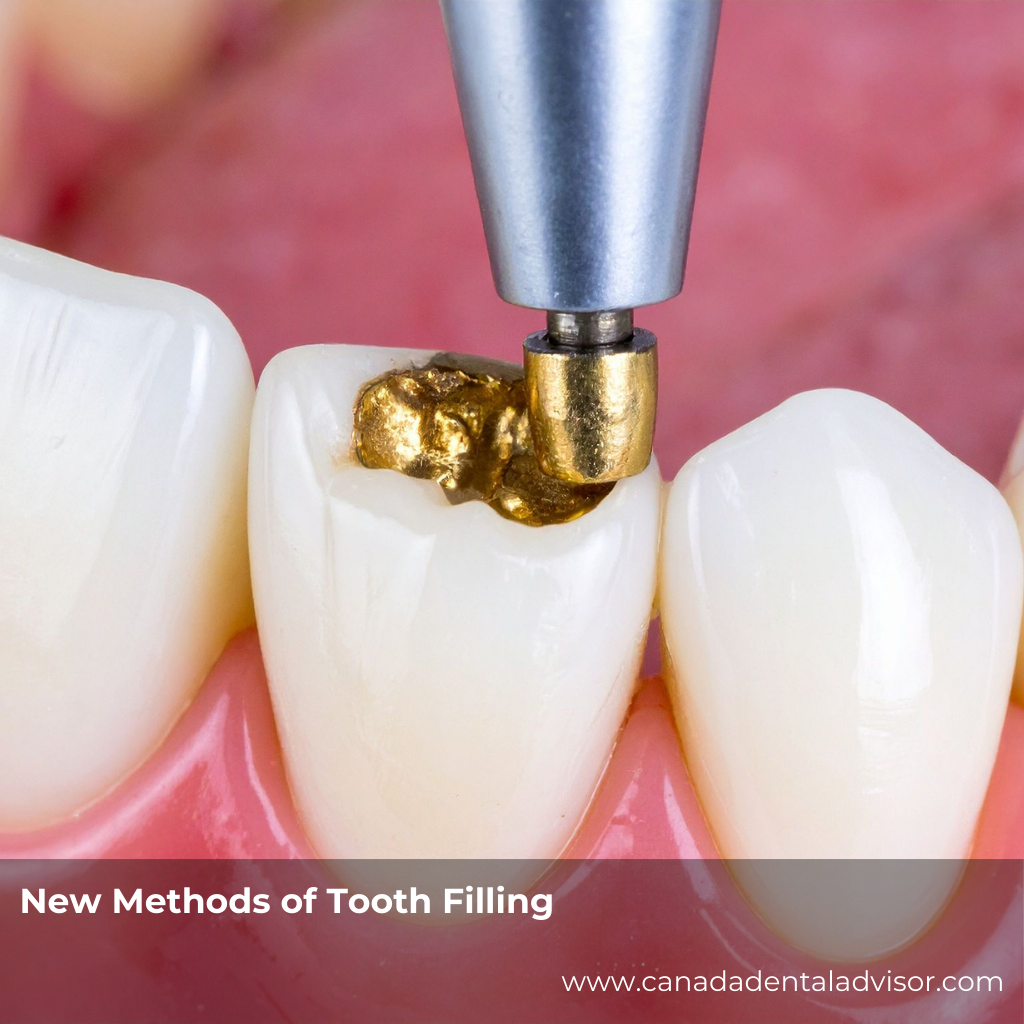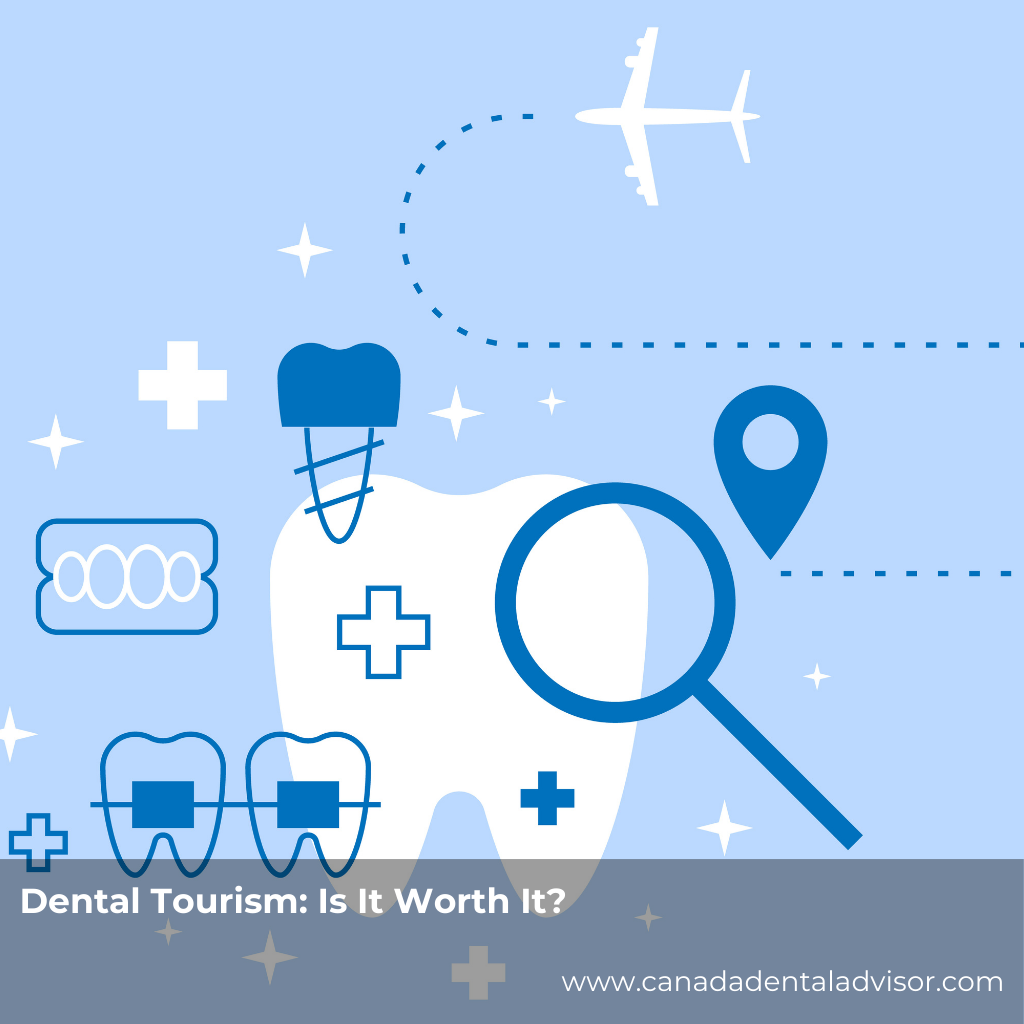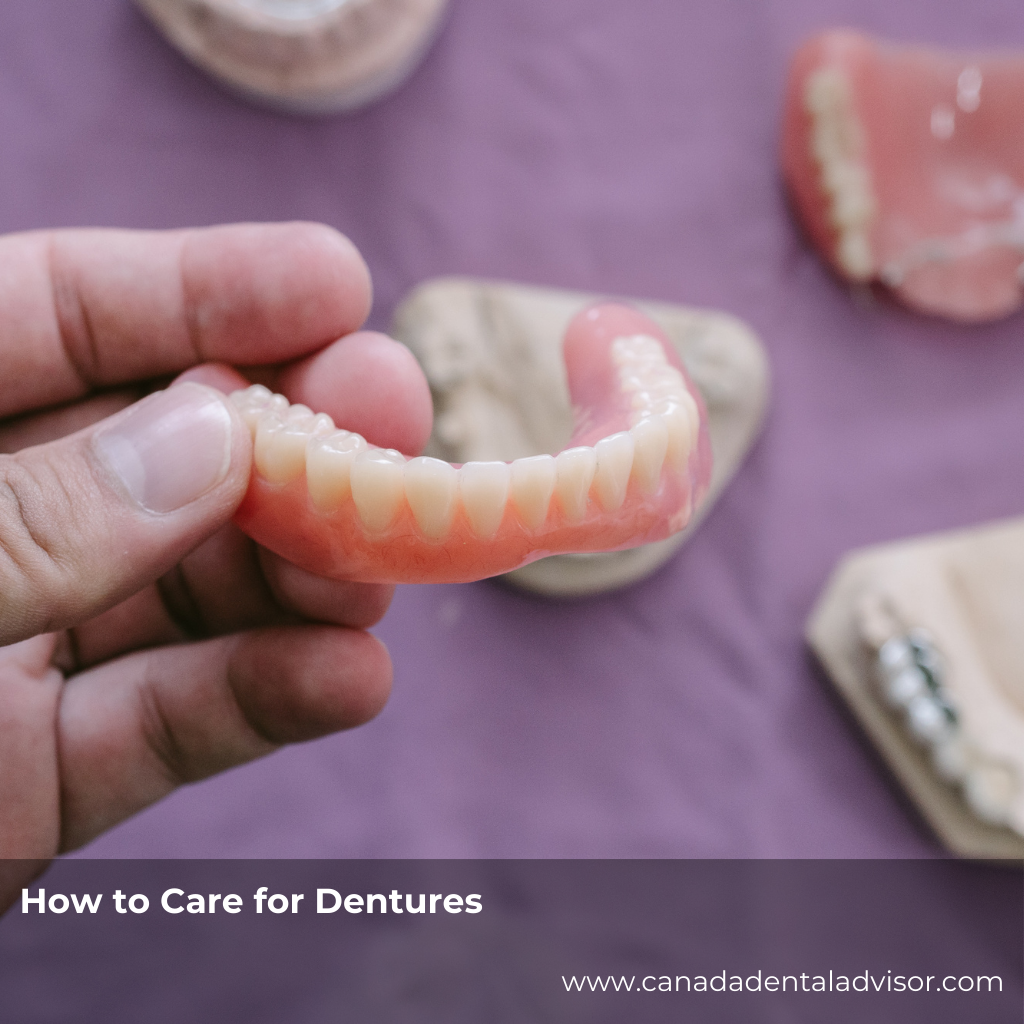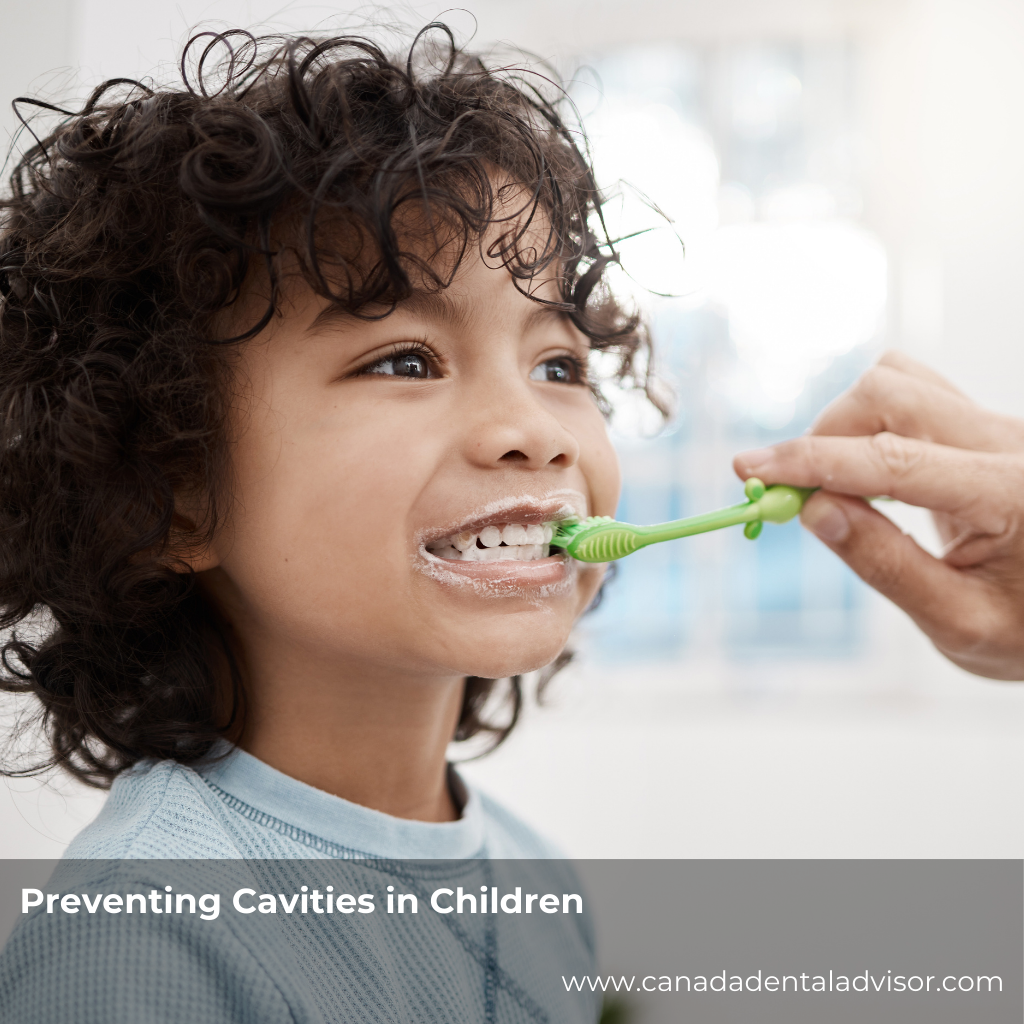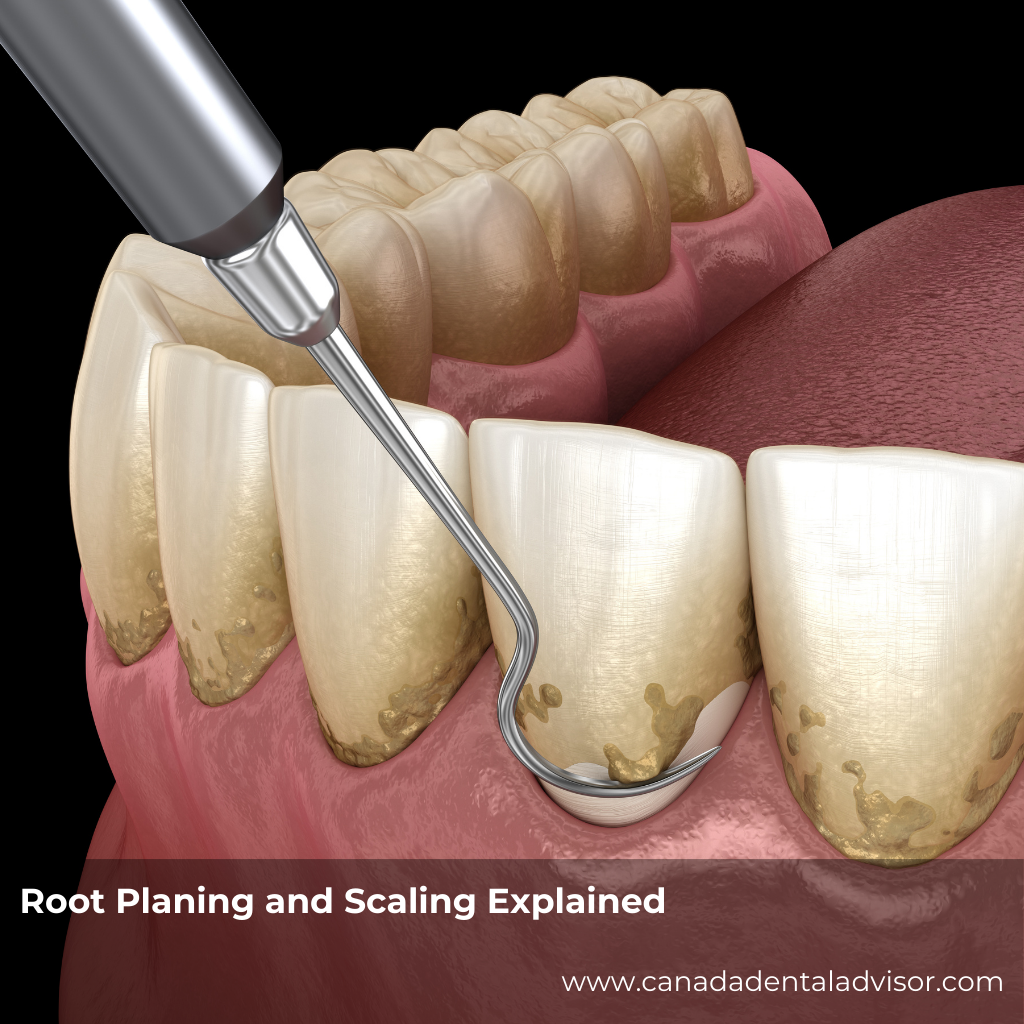Orthodontic treatments directly interact with your bones, muscles, and soft tissues. Each of these influences your face shape in subtle but meaningful ways.
1. Jaw Alignment Affects Facial Proportions
Your upper and lower jaws form the foundation of your facial structure. When they’re misaligned, the entire face can appear unbalanced. Orthodontic treatment can:
-
Bring the upper and lower jaws into harmony
-
Improve bite function
-
Create a more symmetrical, proportionate appearance
-
Enhance the definition of the jawline
For example, an overbite may make the chin appear smaller, while an underbite can give the lower face a more pronounced appearance. Correcting these improves both form and function.
2. Teeth Position Can Affect Cheek and Lip Support
Even small adjustments in tooth positions can improve soft-tissue support. When teeth are positioned properly:
-
The cheeks appear fuller
-
The lips rest more naturally
-
The smile becomes broader and more balanced
Orthodontics can subtly lift and shape the face due to improved underlying structure.
3. Orthodontics Can Improve Facial Symmetry
Symmetry is often associated with beauty. Correcting rotated teeth, shifting midlines, and leveling the bite can all contribute to a more harmonious look — one that feels natural, not artificial.
Why Individualized Care Plans Matter
Every face is different. Every jaw grows in its own pattern. That’s why individualized care plans aren’t just helpful — they’re essential.
1. Tailored Treatment = Better Outcomes
Custom orthodontic plans take into account:
-
Facial shape and symmetry
-
Jaw growth patterns
-
Tooth size and positioning
-
Breathing and airway function
-
Age, lifestyle, and personal goals
A treatment plan designed around these factors leads to more predictable and refined aesthetic results.
2. Improves Patient Compliance
Patients are more likely to follow through when the plan feels personal and achievable.
Individualized plans help by:
-
Setting realistic timelines
-
Choosing appliances that fit the patient’s lifestyle (e.g., clear aligners for adults)
-
Offering clear explanations about how each step contributes to the final result
When patients understand why they’re wearing elastics or why certain adjustments matter, they become active partners in their own care.
3. Encourages Better Long-Term Oral Health
Customized orthodontic plans do more than improve appearance — they help build better habits.
They promote:
-
Proper oral hygiene routines
-
Awareness of bite function
-
Understanding of retention and post-treatment care
-
Prevention of future dental issues
The result? A healthier smile that lasts for decades, not just until the braces come off.
The Role of Technology in Personalized Orthodontics
Today’s orthodontics relies heavily on technology to create treatment plans that match each patient’s facial structure.
Digital Scanning and 3D Imaging
These tools allow orthodontists to see:
-
The exact alignment of teeth
-
Jaw positioning
-
Facial symmetry
-
Airway size
-
Growth patterns (for younger patients)
With 3D models, providers can predict how changes in bite alignment may influence the overall face.
Custom Appliances
Some treatments now use:
-
Individually designed clear aligner trays
-
Customized metal or ceramic brackets
-
Personalized archwires
-
Growth-modifying devices for children
These innovations move teeth more efficiently and comfortably — a win for both outcomes and patient experience.
What Patients Can Expect During a Personalized Treatment Journey
1. Comprehensive Evaluation
This includes digital scans, photographs, X-rays, and bite assessments.
2. Treatment Planning
Your orthodontist will map out how each step affects your smile and face shape.
3. Progress Monitoring
Adjustments are made regularly to keep treatment on track.
4. Retention Planning
Keeping your new smile long-term is just as important as building it.
Conclusion
Orthodontics does more than create a beautiful smile — it helps shape your entire face and contribute to long-term oral health. When care is personalized, patients enjoy better outcomes, increased motivation, and results that feel natural and lasting. If you’re considering orthodontics, ask your provider about individualized treatment planning. Your smile — and your face — deserve a customized approach.
Frequently Asked Questions
1. Can orthodontics really change my face shape?
Yes. Orthodontic treatment can influence jaw alignment, lip support, facial symmetry, and profile appearance.
2. Will braces or aligners change my face permanently?
Yes, orthodontic changes are long-lasting, especially when paired with proper retention.
3. Does everyone need a personalized treatment plan?
Absolutely. No two smiles or facial structures are the same.
4. Are results different between braces and clear aligners?
Both can reshape the face when part of a well-designed plan. The choice depends on individual needs.
5. Can orthodontics help with breathing or airway issues?
In many cases, yes. Jaw expansion and bite correction may improve airflow.
6. How long does it take to see changes?
Many patients notice subtle facial improvements within months.
7. Do adults also experience facial changes from orthodontics?
Yes. While bone growth is complete, teeth movement still influences facial appearance.
8. Does correcting the bite affect jawline definition?
Correcting bite alignment can enhance jawline visibility and balance facial proportions.


